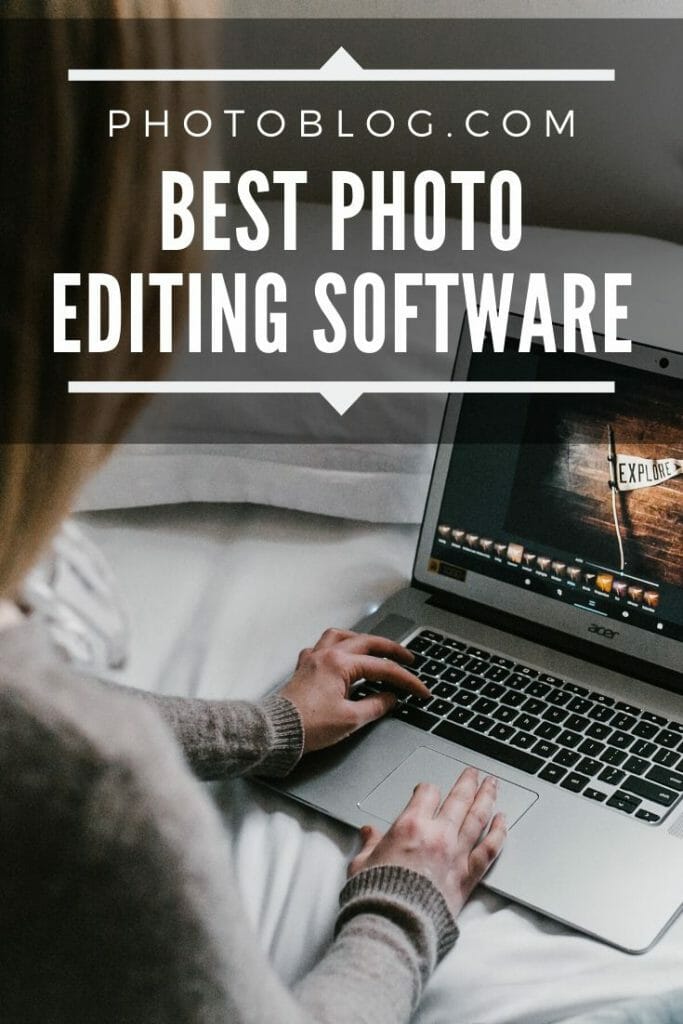As a commercial fashion photographer, post-processing is a huge part of my work: color grading, retouching, sometimes compositing, what have you. And as such, I’ve spent a great deal of time researching the best photo editing software out there, looking for the best tools to do what I do.
This article is a sum of my research over the years.
Be it for professional work or just your hobby, commercial high-end software or free, open-source community projects, you’ll find the right software for your photo editing needs in this article.
1. Affinity Photo [Win/macOS/iPad]
The one true challenger to Photoshop’s dominance.
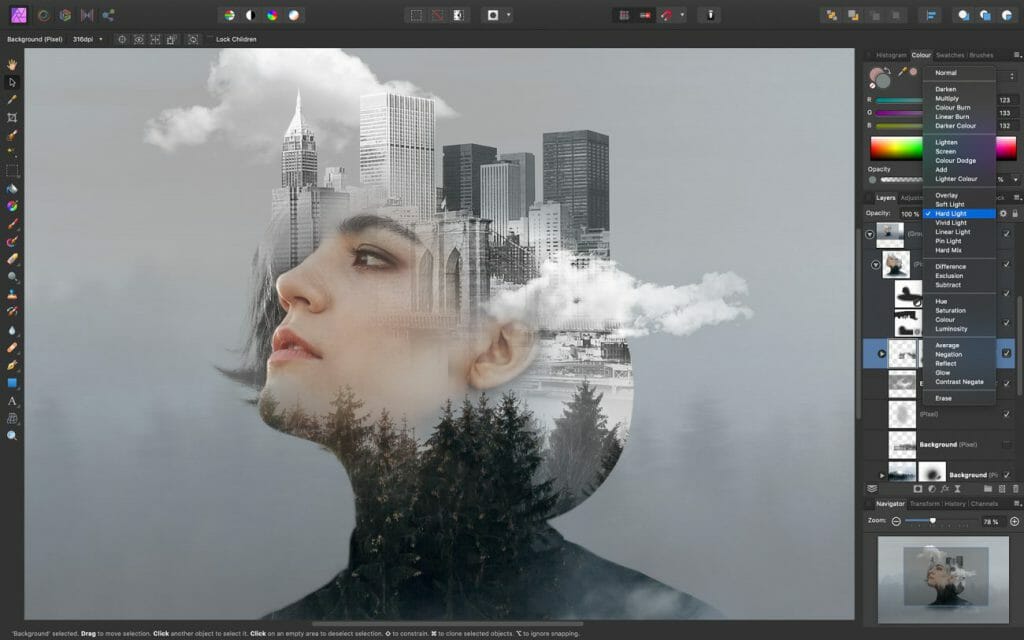
Affinity Photo has claimed its place in the race for best photo editing software by going straight after Photoshop’s user base.
It has a similar interface to Photoshop, but a few unique features – like the “Personas” concept for different panels for specific editing tools – and a full array of powerful editing and retouching tools.
Because of this, Affinity Photo has become a favorite of professionals all over. And the affordable one-time price has something to do with it, too!
Notable features:
- Pro-grade editing and retouching tools
- Neat interface
- Interesting workflow with the “Personas” interface
- 32-bit image support for HDR or 3D renders
- Available on iPad!
Price – 59.99$
2. Adobe Photoshop [Win/macOS]
It’s literally Photoshop.
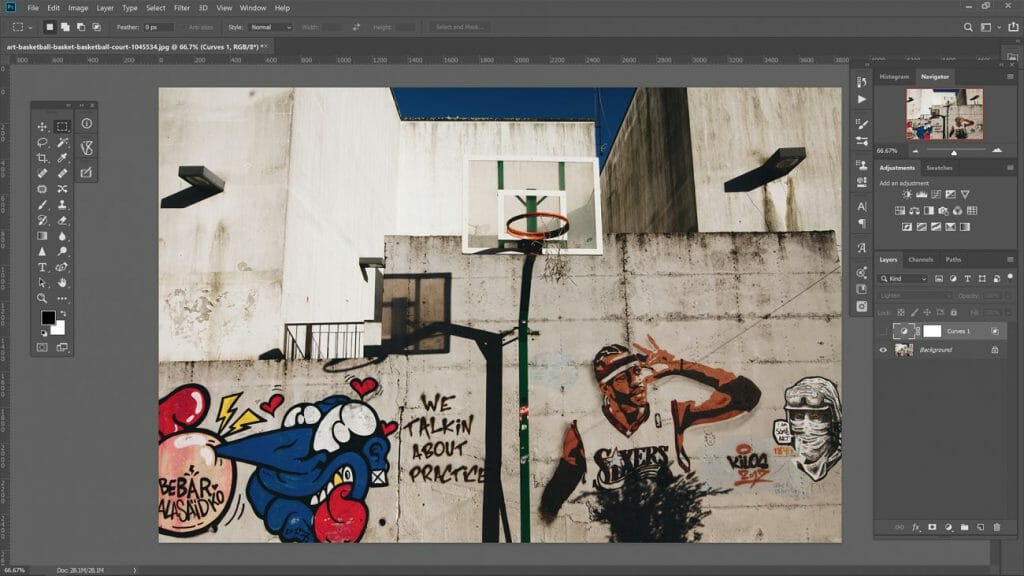
Adobe Photoshop needs no introduction. It has been the golden standard of photo editing software for almost 30 years – and its extensive set of powerful tools now gets constantly updated thanks to Adobe Creative Cloud subscription model.
The most notable recent additions are AI-powered tools for automatic subject selection and content-aware retouching, which put once difficult edits one click away from anybody.
Since I’m also a Lightroom user, Photoshop just makes sense, as it comes in the same bundled subscription. And it’s the best, anyways.
Notable features:
- The most advanced, powerful photo editing software
- AI-powered retouching tools
- Layered, non-destructive workflow
- Constant updates via Adobe Creative Cloud
- Integration with cloud-based assets (Adobe Stock, Typekit and more)
Price: 9.99$/mo
3. Capture One Pro [Win/macOS]
The RAW editor for the hardened pros.
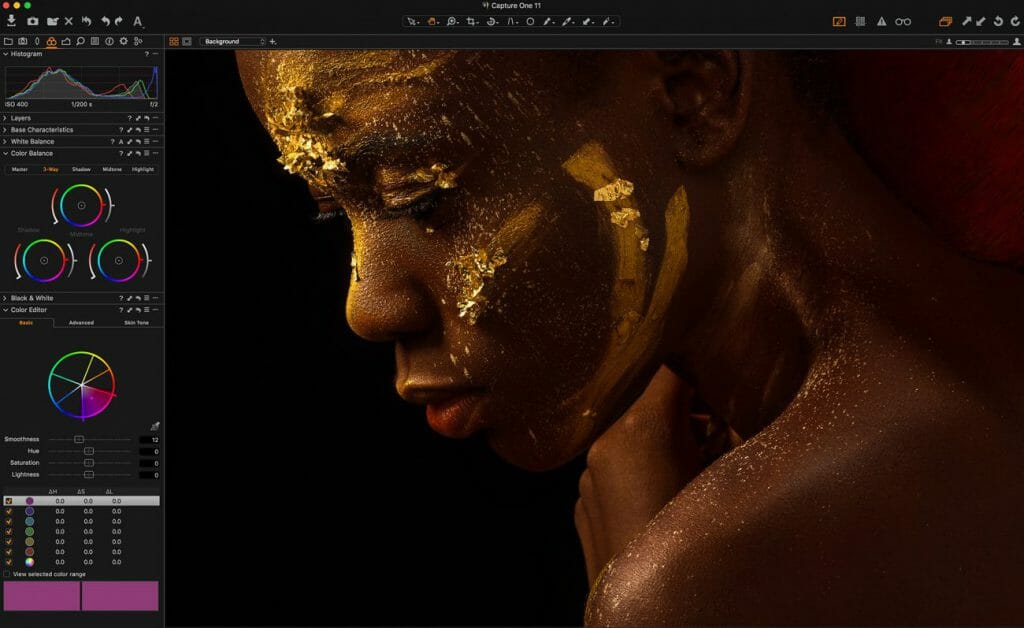
Capture One Pro is the RAW editing solution from high-end camera manufacturer Phase One. It has long received praise for its great rendition of dynamic range and its accurate color rendering, and it’s a staple for studio photography thanks to its advanced tethering functions.
While many seem to find its interface a bit less intuitive than Adobe Lightroom’s, it isn’t excessively hard to get into – and the results generally pay off. I normally use Capture One instead of Lightroom for those jobs where color accuracy is paramount.
Notable features:
- Much lighter to run than other similar programs
- Customizable interface/panels
- Powerful noise reduction
- Correction and Adjustment layer functions
- Native compatibility with high-end medium format cameras
Price: 299$
4. Adobe Lightroom Classic [Win/macOS]
An all-in-one solution to photo editing.
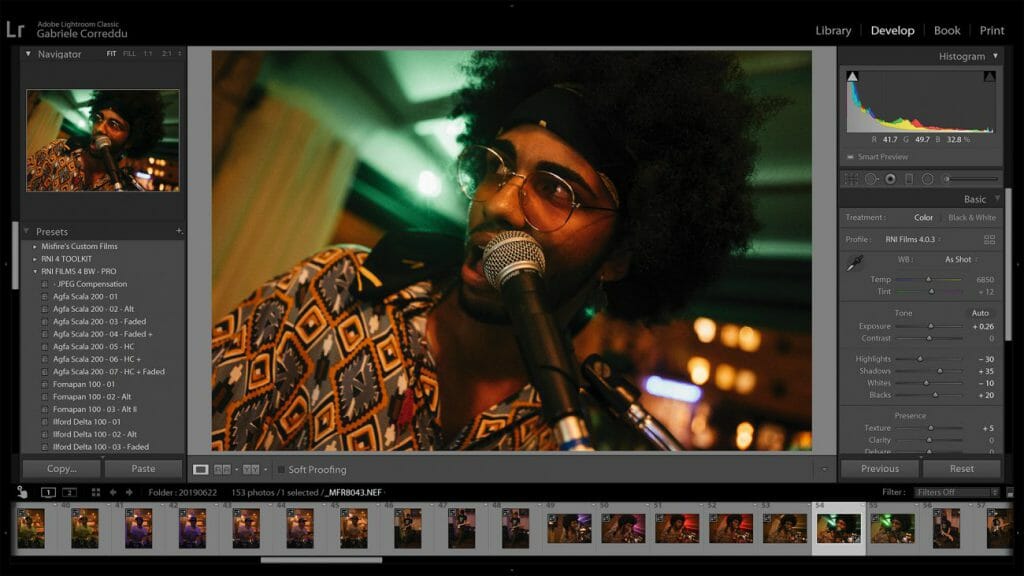
Lightroom is the other side of Adobe’s approach to photo editing. While lacking the many precise tools or the layer workflow of Photoshop, Lightroom has a built-in asset manager allowing photographers to neatly arrange their catalogs by date, add tags, geolocation data, or even use AI to identify and group subjects’ faces.
It is my go-to for managing my extensive photo collection and doing basic editing on most of my works.
All this, paired with a solid RAW developer based on Adobe Camera Raw, and other functions for printing and web publishing, have made Lightroom a favorite amongst pros and amateurs alike.
Notable features:
- Pro-grade asset manager
- Adobe Creative Cloud storage for photos and presets
- Advanced printing and publishing features
- Plenty of plug-ins and add-ons from Adobe Exchange
- Constant updates via cloud subscription
Price: From 9.99$/month
5. GIMP [Win/macOS/Linux]
The open-source Photoshop alternative.
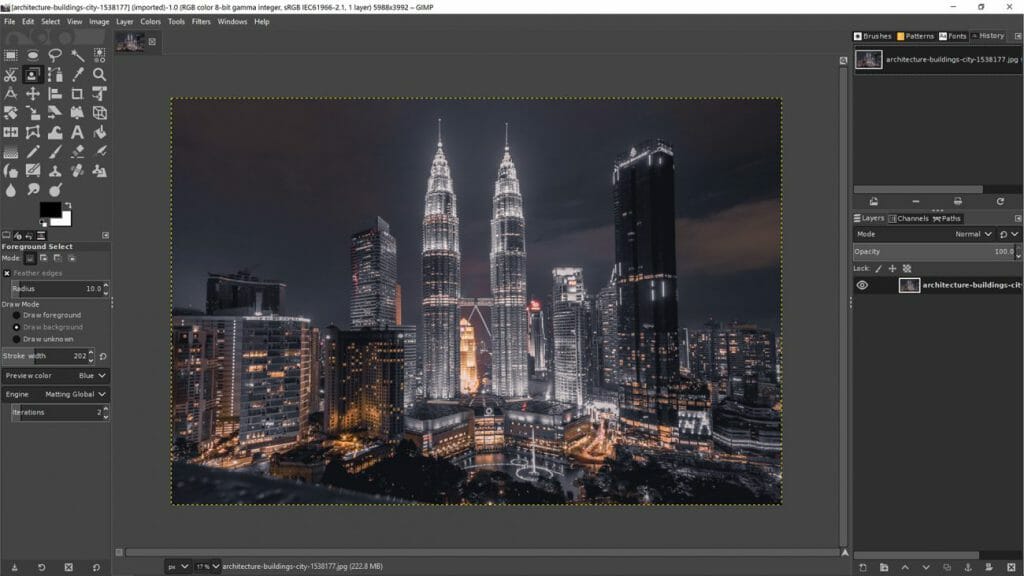
GIMP is the best option for those photographers who can’t justify spending money on commercial software but still want some advanced editing on their photos.
With the GIMP project tracing back to 1995, it is one of the most established programs on this list. Over the years, more and more features found their way into the core of the program – and the recent updates to color management, masking, image warping, and interface are bringing it even closer to the standards one would expect from serious professional software. And it’s all free!
Notable features:
- Clean interface with support for high DPI displays
- Advanced color management
- Subpixel selections for masking/compositing
- Advanced warping tools
- Free and open-source!
Price: Free
6. DxO PhotoLab 2 [Win/macOS]
A RAW editor with lots of interesting smart functions.

DxO is most noted for its great DxOMark website, providing lab tests of camera sensors and lenses evaluating image quality.
This expertise comes to fruition in DxO PhotoLab, a rather advanced RAW editor that packs a punch when it comes to automated filters and adjustments.
DxO’s proprietary Prime denoising algorithm does a great job of cleaning up noisy images, and the DxO Smart Lighting provides spot-weighted exposure compensation to improve dynamic range in your photos.
I haven’t used it as much as Adobe’s software – but I love it for architecture and cityscapes.
Notable features:
- DxO’s excellent geometry correction tool
- DxO FilmPack presets partially included
- Local correction points with automatic masking
- Lightroom integration
- Photolibrary function for asset management
Price: From $129
7. darktable [Win/Linux]
A Lightroom alternative for the open-source crowd.

darktable is to Adobe Lightroom what GIMP is to Photoshop.
Like Lightroom, darktable has a multi-panel interface and acts like a competent file manager, RAW editor, and image publisher. The lighttable file manager allows the user to apply ratings and tags for easy cataloging, and the darkroom editing panel provides a powerful non-destructive RAW editor.
The most recent version (still in developer beta) also introduces color grading with 3D LUTs right into the RAW editor, which is a first among any photo editing software, and a huge step forward.
Notable features:
- OpenCL graphics acceleration
- Advanced printing panel features
- Geotagging module with map
- Tethered shooting functions
- Sidecar .xmp files to preserve edits
Price: Free
8. RawTherapee [Win/macOS/Linux]
Free, open-source, powerful RAW editor.

RawTherapee is another cool open-source RAW editor. It’s probably the least intuitive software on this list, but it compensates by offering the most in-depth control over images of anything out there right now, letting users set things like advanced color control in the lab color space, or what demosaicing algorithm to use.
If the paragraph above didn’t scare you, maybe you should try it! The extensive documentation will help you.
Notable features:
- Lossless editing of RAW, .jpg, and .tiff images
- Support for 32-bit HDR photos
- Automatization via user-input scripts
- Advanced color management with ICC and DCP profiles
- Film negative tool for film scans
Price: Free
9. AfterShot Pro 3 [Win/macOS]
A lightweight, non-destructive RAW editor.
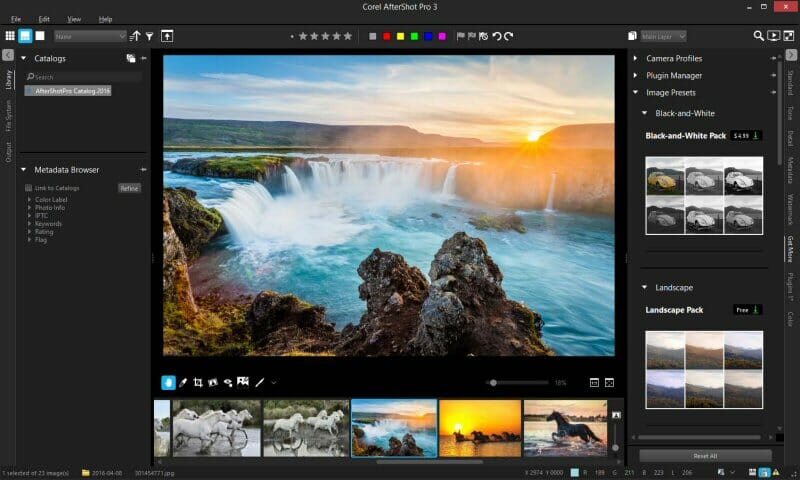
Corel’s AfterShot Pro 3 proposes itself as a sort of Lightroom alternative.
With a similar concept, AfterShot does offer a comparable set of basic functions; but where it shines is in how lightweight it is compared to Adobe’s offering.
By cutting down on catalog management tools in favor of a direct approach, AfterShot manages to keep its size in the user’s machine to just above 400MB as opposed to Lightroom’s ~1GB, and it promises snappier export times, too.
Notable features:
- Layered adjustments
- Lens correction development kit for users to create their own lens profiles
- One-time purchase license
Price: $79.99$
10. Snapseed [Android/iOS]
Best photo editing software for mobile users, by Google.
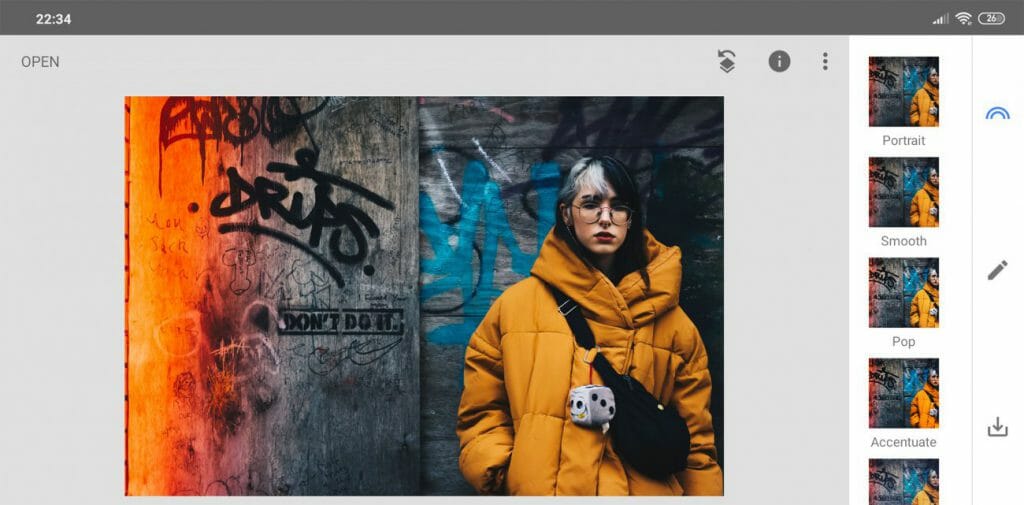
Snapseed is a mobile photo editing app by Google, and like many other Google apps, it’s completely free to use without ads, both on iOS and Android.
Built on Nik Software’s know-how (same as DxO film simulation presets and filters), Snapseed boasts an impressive amount of image editing functions, going well past simple filters and into advanced functions like curve adjustments, healing brushes, and selective editing.
Notable features:
- “Vintage” and film simulation filters
- HDR filter
- Perspective correction tool
- Lens blur simulation
- Face recognition-based portrait correction tools
Price: Free
11. VSCO [Android/iOS]
The best photo editing software for film simulation on mobile.

VSCO has long been the best film simulation app out there. They used to develop film simulation Lightroom presets (discontinued since March 2019) and took that same expertise into crafting a simple but capable app with a taste for the vintage.
Aside from the multitude of presets (premium users also get proper film brand simulation), VSCO features several adjustment sliders for things like split-toning, perspective correction, clarity and contrast and so on.
Notable features:
- Built-in camera app with manual controls
- Stylish vintage and film simulation filters
- Advanced photo editing tools
- Separate controls for skin tones in portraits
- VSCO Community for sharing and inspiration
Conclusion
I tried to be as comprehensive as I could in describing all the important features of each photo editing software so you can have an idea of what features they offer. However, most of the paid photo editing software offers a free trial period that you should take advantage of.
Install the free trial and start editing a few photos to see if you like the workflow, user interface, and edit features. Also, make sure your computer can handle the CPU intensive workflows of these photo editing software. We recommend specialized photo editing pcs for professionals.
What do you think? Let us know in the comments if you think there are some programs we may have overlooked, and what your experience with our recommendations.
Photo Editing Resources
- 10 Best FREE photo editing software
- A list of best photo editing Apps
Now that you’ve finished this article, you’re a better photographer.
Guaranteed.
But the fact is, the journey doesn’t stop there. There are more tips, tricks, and secrets–all of which will help you take gorgeous photos.
And if you want to learn all of these secrets, I recommend you sign up for the PhotoBlog newsletter. We send our subscribers all sorts of great stuff–including the tips, tricks, and secrets, straight from the experts. All to help you capture world-class photographs.
Did I mention that it’s all totally FREE?
(Oh, and we’ll send you a natural lighting cheat sheet–designed to help you use light in ways you’ve never considered.)
So to start taking stunning photos, enter your email:
